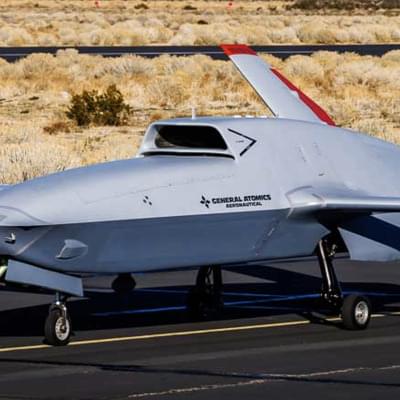DENVER—(BUSINESS WIRE)—Palantir Technologies Inc. (NYSE: PLTR) today announced that the Army Contracting Command – Aberdeen Proving Ground (ACC-APG) has awarded Palantir USG, Inc. — a wholly-owned subsidiary of Palantir Technologies Inc. — a prime agreement for the development and delivery of the Tactical Intelligence Targeting Access Node (TITAN) ground station system, the Army’s next-generation deep-sensing capability enabled by artificial intelligence and machine learning (AI/ML). The agreement, valued at $178.4 million, covers the development of 10 TITAN prototypes, including five Advanced and five Basic variants, as well as the integration of new critical technologies and the transition to fielding.
“This award demonstrates the Army’s leadership in acquiring and fielding the emerging technologies needed to bolster U.S. defense in this era of software-defined warfare. Building on Palantir’s years of experience bringing AI-enabled capabilities to warfighters, Palantir is now proud to deliver the Army’s first AI-defined vehicle” Post this
TITAN is a ground station that has access to Space, High Altitude, Aerial, and Terrestrial sensors to provide actionable targeting information for enhanced mission command and long range precision fires. Palantir’s TITAN solution is designed to maximize usability for Soldiers, incorporating tangible feedback and insights from Soldier touch points at every step of the development and configuration process. Building off Palantir’s prior work delivering AI capabilities for the warfighter, Palantir is deploying the Army’s first AI-defined vehicle.




